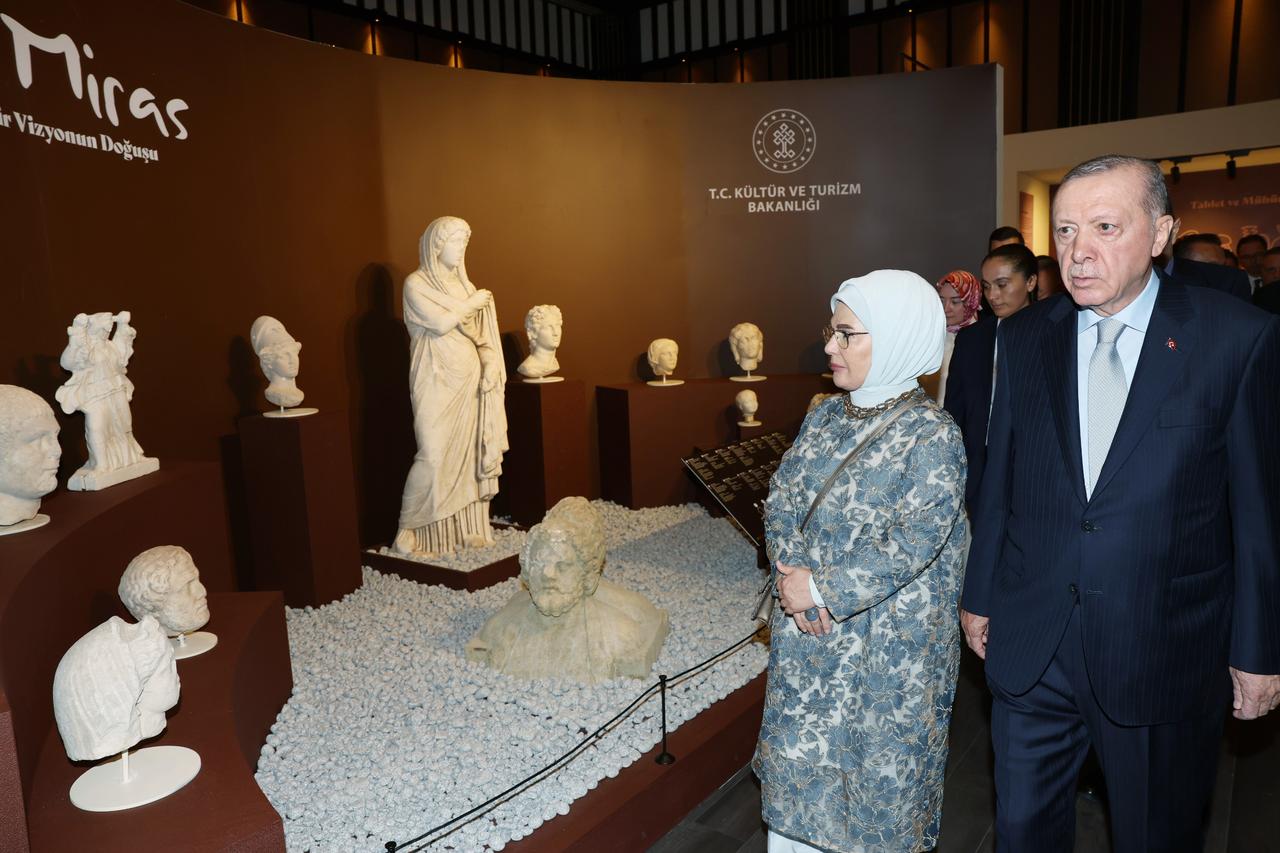
Archaeology has increasingly come to be treated as a force in international relations, a trend that reaches back to Napoleon’s campaign in Egypt and the looting that followed, but that has taken on new urgency in recent years.
The most visible developments have come from Türkiye, where officials and institutions have stepped up efforts to reclaim artifacts abroad, return cultural objects unearthed within the country that belong to other civilizations, and keep laboratory work and excavations going throughout the year.
The Minister of Culture and Tourism has declared 2025 as a "Golden Age of Archaeology" for Türkiye, and similar moves elsewhere—notably in Egypt—have been shaped into deliberate exercises in cultural diplomacy.
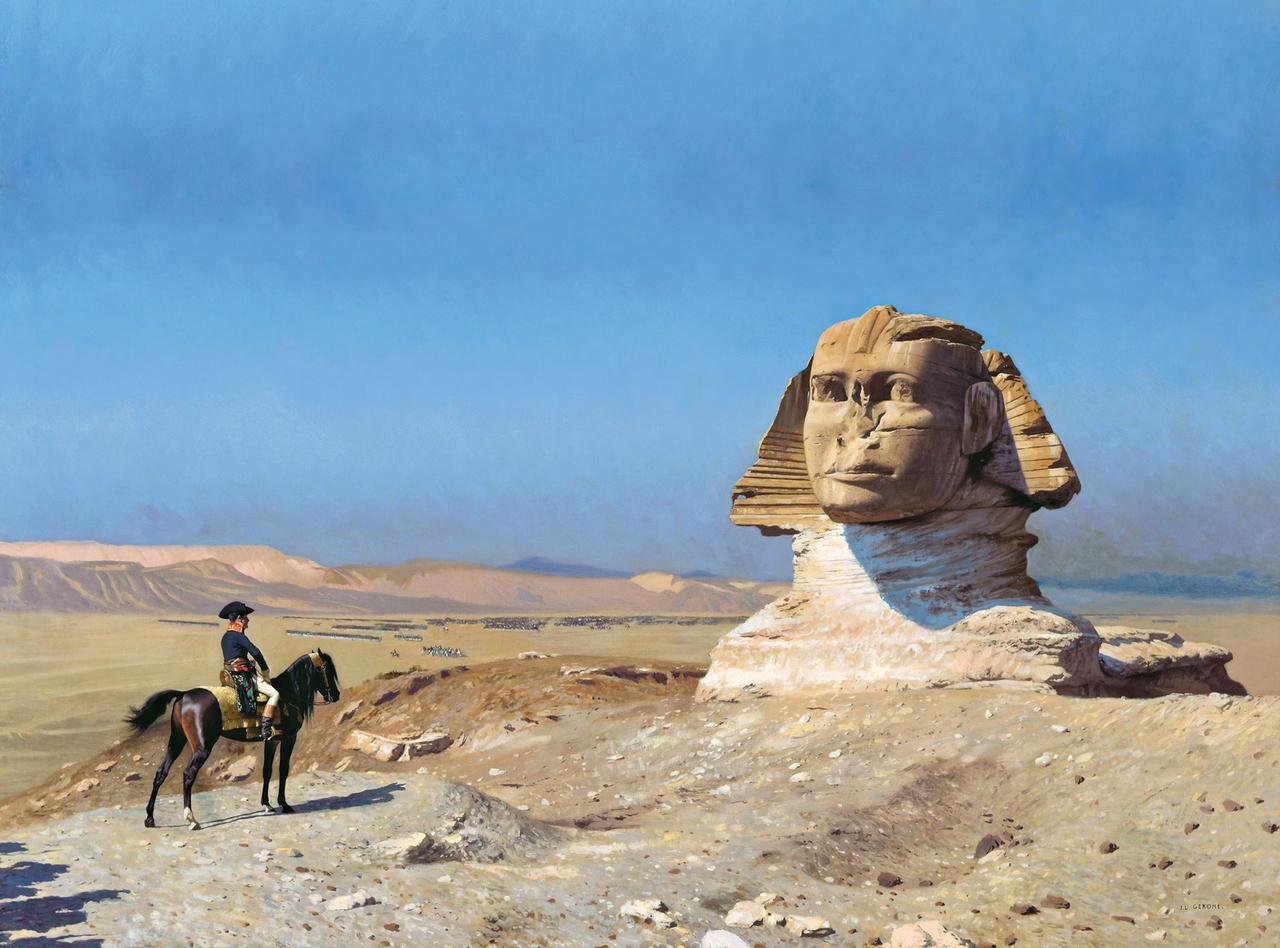
The origins of these contested patterns are framed as far from new. Observers trace them back to Napoleon’s expedition to Egypt and the wave of appropriation that followed, and in contemporary discussions, they are sometimes referred to as "wars" over heritage.
In this usage, the term is metaphorical: it refers to rivalries, legal battles and diplomatic pressure surrounding the ownership, display and movement of ancient objects rather than conventional military conflict.
However, some experts attribute the Germans' pioneering role in Hittite excavations in the early 20th century to their search for their own origins, describing it as diplomatic as well as scientific.
That historical backdrop helps explain why governments and institutions now treat artifacts not only as objects of study but also as assets that can be brought into international negotiations.
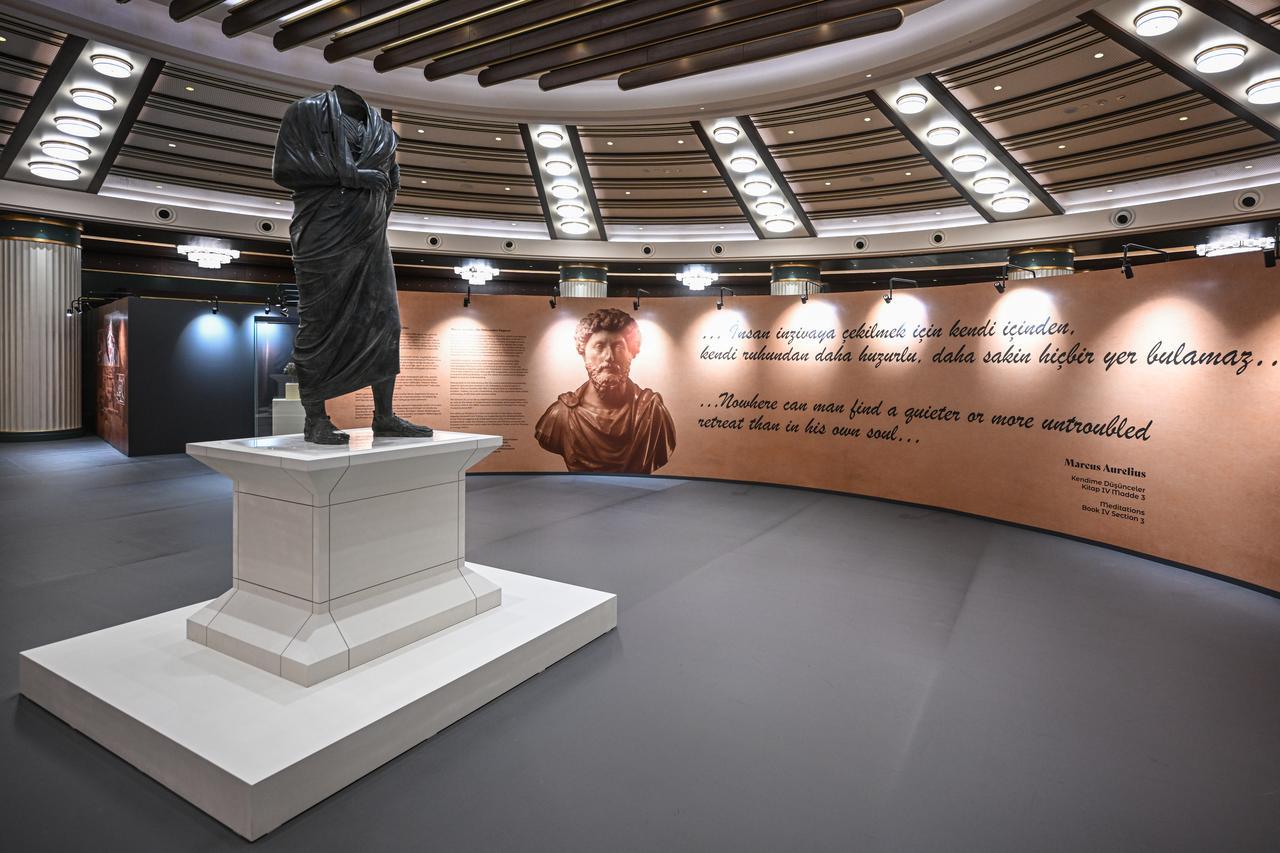
From the early 2010s onward, Türkiye has pushed to bring home items identified as part of its cultural patrimony that were held overseas, while also returning material belonging to other civilizations that turned up on its soil.
According to data from the Ministry of Culture and Tourism, 13,283 cultural assets were returned to Türkiye between 2002 and 2025.
Alongside efforts to reclaim and repatriate, state and local authorities have aimed to back up fieldwork and scientific study by financing excavations and laboratory research year-round, so that most archaeological operations can keep going across seasons rather than being limited to restricted windows.
The policy mix, as presented by officials, combines legal, logistical and scientific strands: legal or diplomatic steps to reclaim objects, practical programs to return items, and sustained investment in research infrastructure.
That domestic program has been framed as a national moment: in a widely circulated formulation, the Minister of Culture and Tourism declared 2025 a "Golden Age of Archaeology" for Türkiye.
The Presidential Palace hosted the International Archaeology Symposium and the exhibition “Birth of a Vision: Golden Age of Archaeology,” which was opened by President Recep Tayyip Erdogan. The phrase, carried in public announcements, signals an intention to put archaeology at the center of cultural policy and to use discoveries and returns as part of a broader national narrative.
At the same time, the year-round support for excavations and labs is meant to strengthen scholarly capacity and ensure that discoveries are processed, conserved and presented with scientific care.
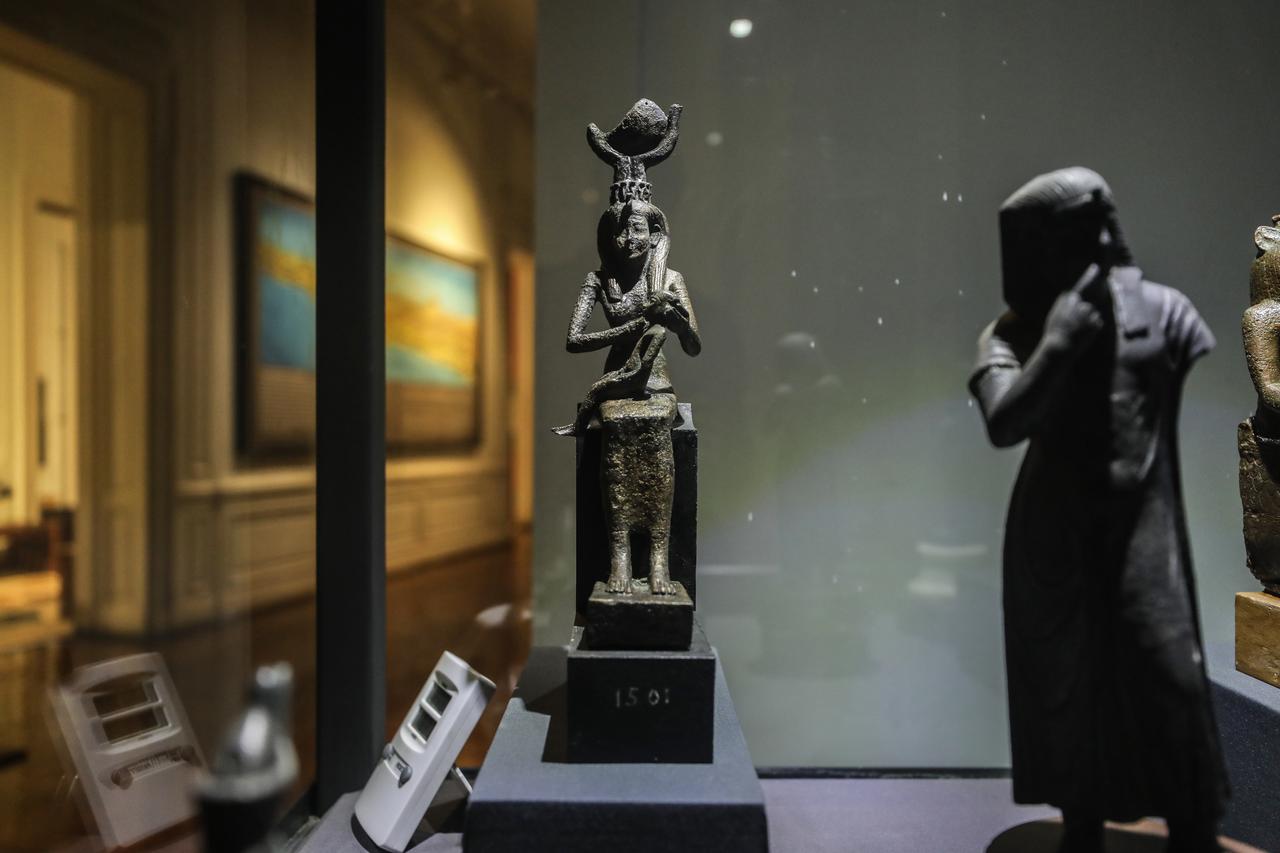
Similar patterns are playing out in other states that hold deep archaeological legacies. Egypt, in particular, has moved to turn a new museum project into a diplomatic platform. Egyptian-led excavations and an effort to promote discoveries globally have been woven into a public-facing narrative about national achievement. These efforts have been staged in prominent ways: the movement of high-profile objects into a new museum and the public parade of pharaonic artifacts have been turned into spectacles designed to attract international attention and to assert Egypt’s authority over its heritage.
By carrying out excavations under the leadership of Egyptian archaeologists, and by showcasing finds through museum projects and international promotion, Egypt has used cultural heritage as part of an outward-looking diplomatic strategy. In this model, the museum serves not just as a repository but as a stage for cultural outreach, while excavations and their publicity feed into a narrative about national stewardship and scientific leadership.
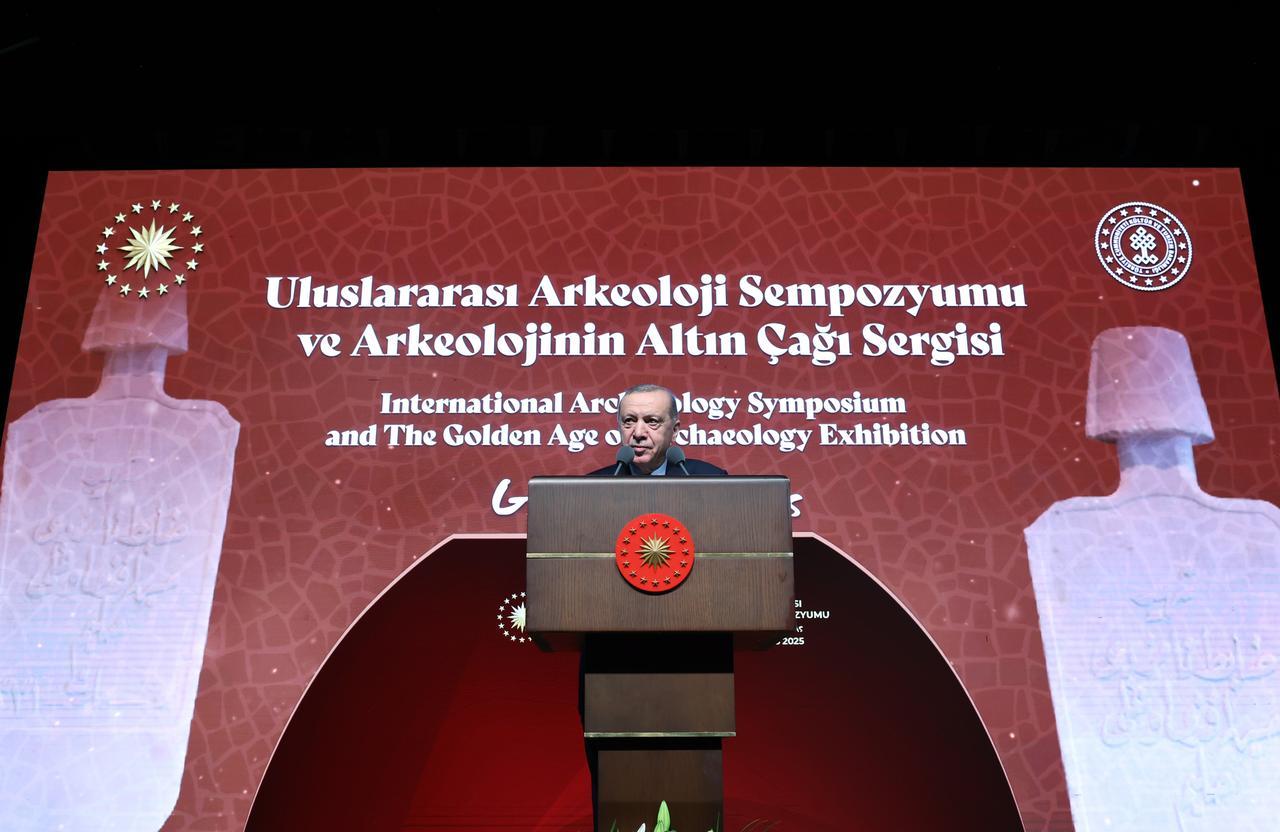
For readers unfamiliar with the term, cultural diplomacy refers to the use of culture—including art, history and heritage—to build relationships between states, shape perceptions abroad and advance foreign-policy goals. It can include exhibitions, loans, exchanges, and public events that put a country’s cultural assets on view to international audiences.
When archaeology is mobilized in this way, excavations, museum openings and the repatriation of artifacts become tools to open up dialogue, to build goodwill, or to signal sovereignty and expertise.
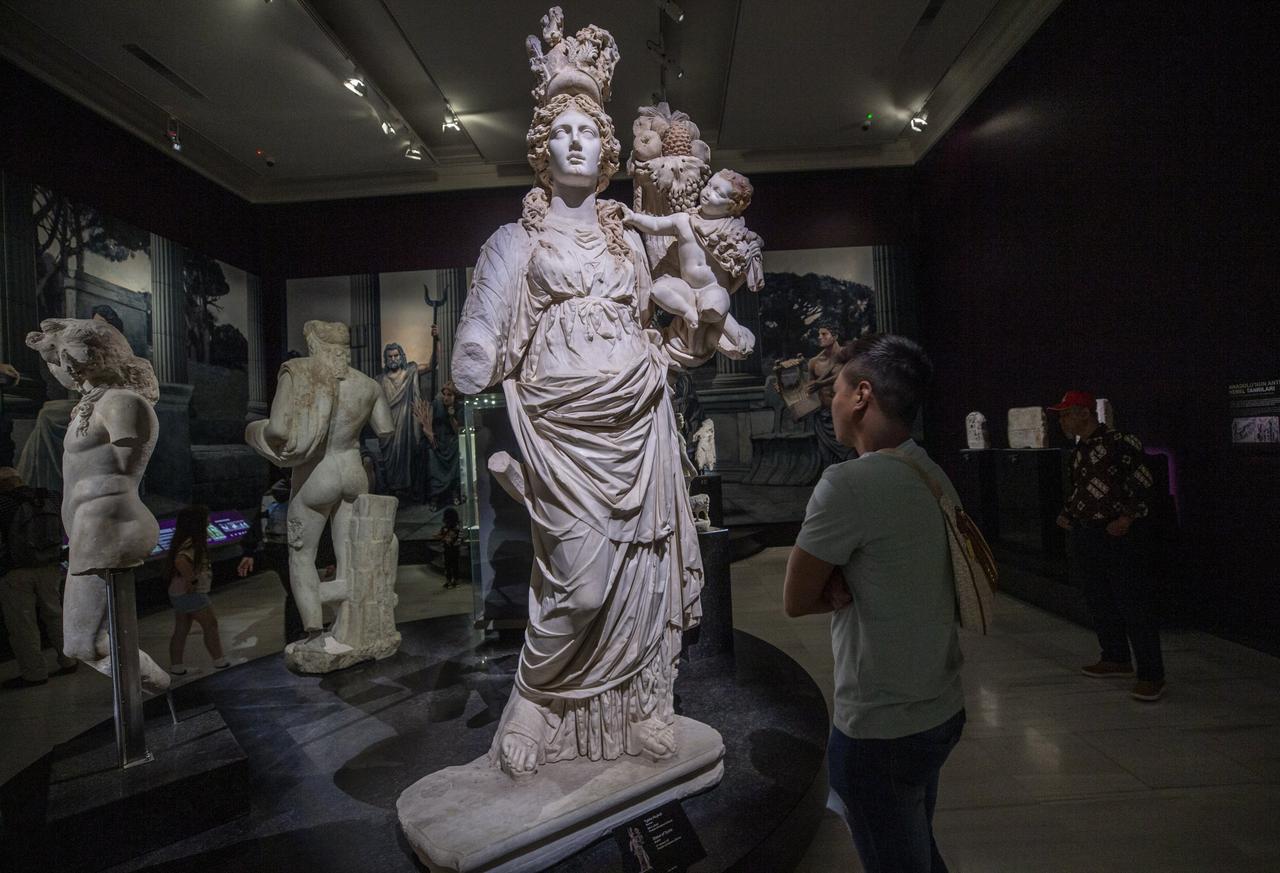
Taken together, these developments point to a shift in how states treat material heritage: objects are being handled not only as archaeological evidence to be studied, but also as tokens to be leveraged in diplomatic engagement.
Türkiye’s concentrated program of returns and sustained research, declared publicly as a defining moment by a government minister, shows how national policy can be aligned to both scholarly aims and international messaging. Egypt’s emphasis on Egyptian-led digs and museum spectacle demonstrates a parallel method of turning discoveries into diplomatic capital.
Across these moves, two themes repeat. First, the practice of reclaiming and returning artifacts is being coupled with support for scientific infrastructure, so that objects are processed and interpreted domestically rather than simply being displayed abroad.
Second, public presentation—whether through a new museum or a high-profile procession—is being used to carry archaeological narratives beyond national borders. These twin strands—research capacity and public diplomacy—are shaping how archaeology is brought into the realm of international relations.